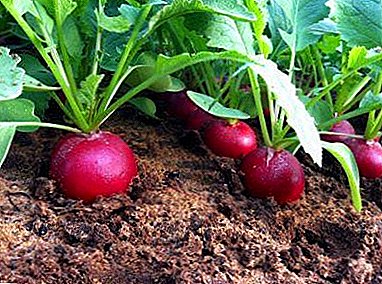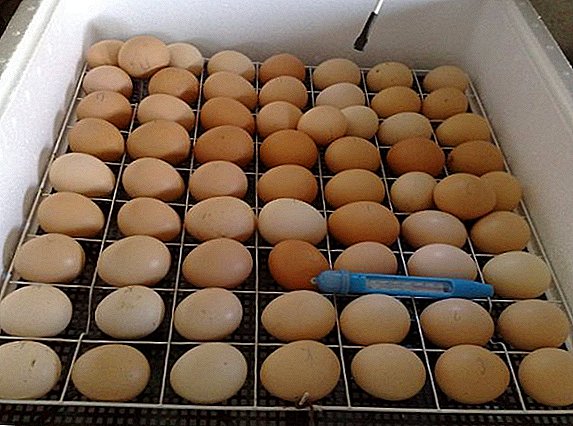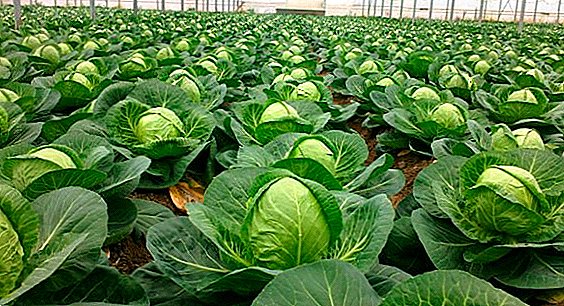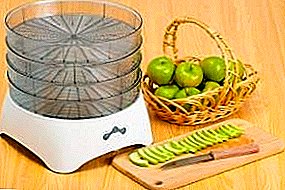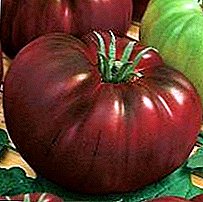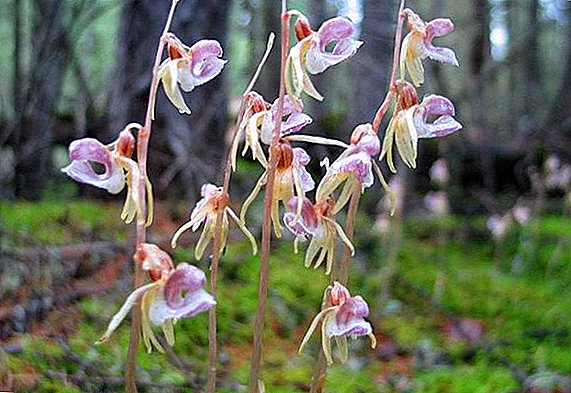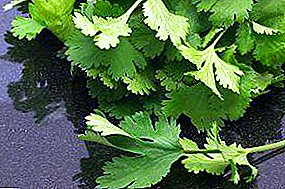
In the greenhouse can grow any spicy Greens: onion, parsley, dill, lettuce.
Cilantro is very popular, indispensable in dishes of Caucasian, Korean or Italian cuisine.
It is not necessary to occupy all the greenhouse space with this culture. Cilantro gets along well with other herbs and vegetables, giving excellent yields throughout the year.
The advantages of the greenhouse
Cilantro - tender spicy herb, which is actively used in cooking. It perfectly emphasizes the taste of meat and fish, added to sauces and soups. Coriander or cilantro is grown for seed, but more often the greens of this plant are used. Usually spicy grass is grown in the open field, but it is also suitable for greenhouses.
This method of growing many advantages:
- heated greenhouse provides an opportunity to harvest cilantro throughout the year;
- when growing cilantro in a greenhouse, greens are not affected by slugs and other pests;
- vegetative period is shortened, fresh greens can be collected after 15 days after sowing seeds;
- the cilantro can be combined with any vegetable crops, by sowing or planting seedlings in the aisle;
- indoors it is easier to maintain the desired cilantro moisture level;
- the greenhouse allows you to grow cilantro on greens or wait for the formation of coriander seeds.
Greenhouse requirements
Usually cilantro planted with others green by cultures. The requirements for temperature, light and humidity of all herbs are similar. Cilantro get along well and with popular vegetables: tomatoes, sweet peppers, eggplants or zucchini. Spicy grass can take any free space, saving scarce greenhouse area.
 It is also convenient to grow cilantro on special shelves. Such placement facilitates care and simplifies cutting. With rack placement it is important to ensure good lighting for each tier. In summer, cilantro is often sown in film greenhouses without additional heating.
It is also convenient to grow cilantro on special shelves. Such placement facilitates care and simplifies cutting. With rack placement it is important to ensure good lighting for each tier. In summer, cilantro is often sown in film greenhouses without additional heating.
For year-round cultivation we need capital buildings covered with double plastic film, tempered glass or polycarbonate sheets. Highly lean greenhouses are comfortableadjacent to a house or other structure. They save heat by providing the right level of insolation.
For the cultivation of greenery, small arched greenhouses from bent polycarbonate sheets on a metal frame are also used. Such structures are durable, they provide stable temperature and good lighting.
Greenhouse for greenery is equipped with a heating system. The most commonly used wood stoves, heaters or electric boilers. To ensure the desired temperature, you can use infrared cable, fires or biofuels. Many vegetable growers practice combined heatingsaving expensive kilowatts.
Soil preparation
Cilantro loves light, not too acidic soil. In a greenhouse, it is better to remove the top layer of earth and mix it with peat and sand. For disinfection soil can shed copper sulphate solutionkilling larvae pests. Then rotten manure is brought into the ground, and the mixture is decomposed into ridges. To increase the yield, the soil in the greenhouse needs to be changed annually.
Mineral complexes with potassium and superphosphate are used as fertilizers. Corpus humus and wood ash are suitable as a replacement. Fertilizing make before planting seedlings, carefully loosening the soil. It is necessary to fertilize the soil after each cut., combining top dressing with watering, loosening and removal of weeds. Each year, the top layer of soil is removed, replacing the new soil mixture.
Features of planting
The cilantro can be sown directly in the greenhouse. For successful seed germination need moderate heat, not higher 18-20ºC. In greenhouses for growing greenery, cilantro is convenient to sow in rows, when sown with vegetables, seeds are scattered on any free areas in random order. Deepen them do not need.
 Seeds are distributed over loose, well-moistened soil, and finely sprinkled on top of dry soil. Such a way significantly accelerates germination and shortens the growing season.
Seeds are distributed over loose, well-moistened soil, and finely sprinkled on top of dry soil. Such a way significantly accelerates germination and shortens the growing season.
After seed germination, young plants need to be thinned, leaving the strongest seedlings. The distance between the forming bushes is 6-8 cm. On particularly hot days, the shoots should be prune from direct sunlight.
You can sow seeds throughout the year. Growing cilantro in a greenhouse in winter, carried out in January and February, in insulated structures. Break is worth the summer. In especially hot weather (at a temperature of 30ºC and higher) cilantro grows poorly, the greens lose their delicate bright taste, it is possible to drop peduncles.
Growing points
Cilantro not too demanding conditions of detention. Its main preferences are loose, nutritious soil and sufficient watering. For ensuring ideal humidity the system of automatic drop watering will approach. In more simple greenhouses use watering cans with a wide sprayer.
Careful need watering 2 times a week. Used water at room temperature, too cold has a harmful effect on the roots and slows the growth of cilantro. Especially intensive watering is required during the growth of green mass and the formation of stems.
Reduce the frequency of watering soil mulching will help. It is filled with sawdust, straw, nutshells or sunflower seed husks.
Cutting off greenery begins when the plant reaches 15-20 cm in length. It is important to cut the cilantro before sprouting (it happens about 40 days after planting). After flowering, the green becomes rough, its taste deteriorates significantly. Cut lead with a sharp knife, preferably early morning. After harvesting the land should be carefully loosened and fertilized. New seeds are sown on the vacated area.
Grown in the greenhouse cilantro - not only vitamins to own the table, but also financial assistance for the family. Young greens can be sold independently or donated to vegetable stalls and shops. The larger the greenhouse, the greater the yield and the higher the profit of the farmer.




